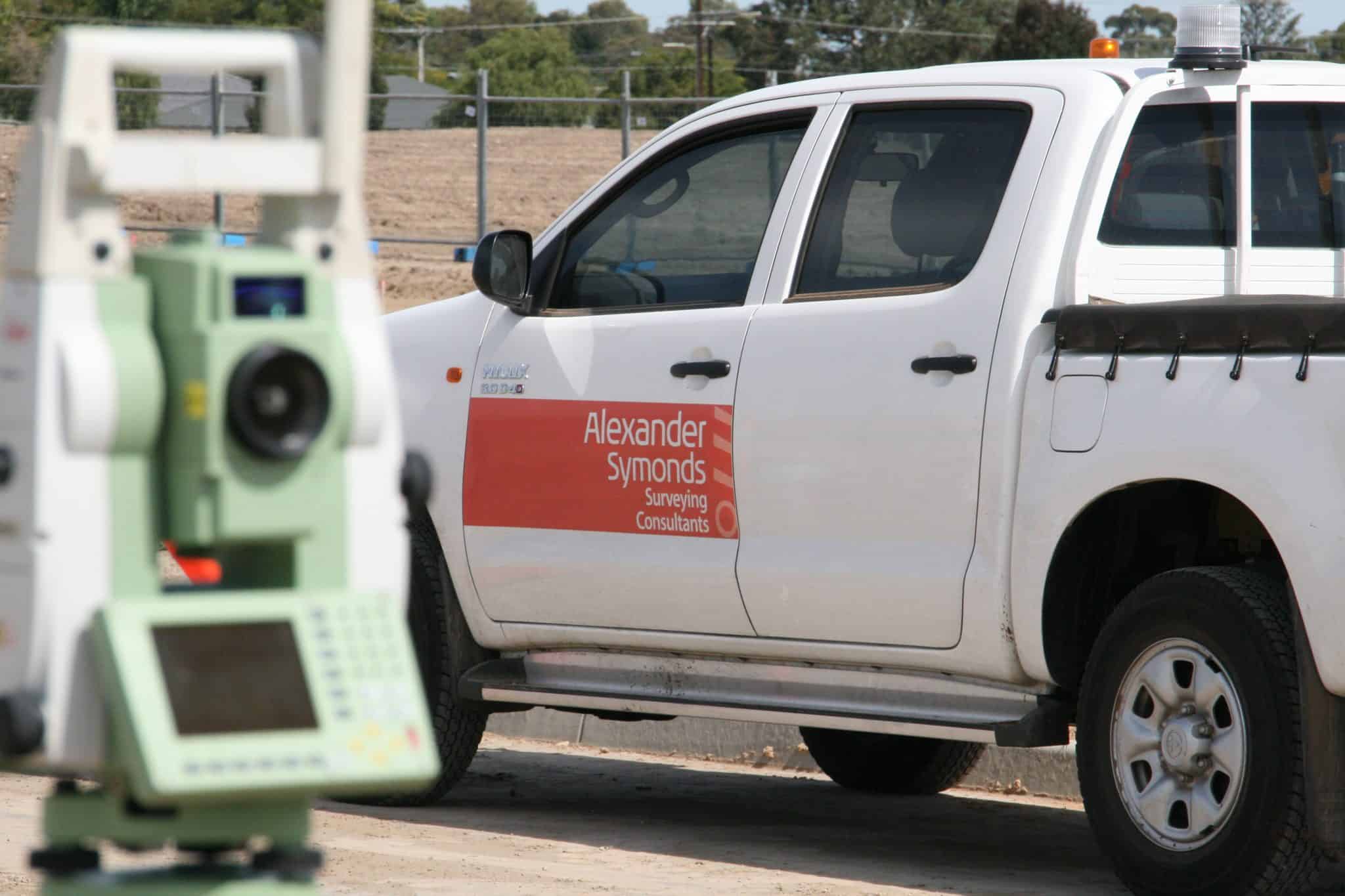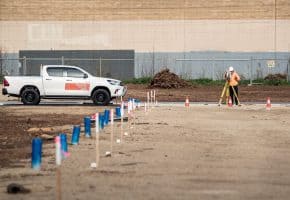If you are about to start the land division process, your licensed surveyor may have recommended that you engage a conveyancer.
Conveyancers are critical to the smooth progression of the land division process and can help you make the best decision for your land.
What does a conveyancer do?
Conveyancing is the process of transferring the ownership of a land title to the new owner – whether it’s an entity or a person. A conveyancer is a licensed professional, sometimes a solicitor, who is an expert in this very intricate process; they assist in creating the new Title for the new piece of land, and they help to ensure the details are correct and all legal obligations are met for their client (ie you, the landowner).
A conveyancer is essential to the land division process. It’s highly recommended that you enlist the help of a licensed conveyancer when dividing land. They will ensure that you are meeting all of the legal requirements and will liaise with your surveyor to help create the new titles for your subdivided land.
Your conveyancer will work with the licensed surveyor, with the final conveyancing documents lodged at the Lands Titles Office after the surveyor has lodged the survey plan.
Knowledge and Experience are Essential
When you’re looking for a conveyancer, investigate their knowledge of the Lands Titles Office, their previous experience and their understanding of the land division process.
A great conveyancer will act as a trusted advisor to their client, alerting them to any risks or problems, and addressing them promptly to avoid costly delays.

Conveyancers and Community Title Developments
Community Titles involve Common Property – land that is shared between tenants or owners. This can include service infrastructure, driveways or gardens. Community Title Developments are more complex than standard land division projects and require specialist advice from a licensed surveyor and an experienced conveyancer.
As well as making the application to the Lands Titles Office for the issue of a new title, a conveyancer is also responsible for drafting the By-Laws of the community corporation; the rules and regulations that govern the administration and control of the Community Corporation.
In certain circumstances, the conveyancer may also need to arrange a Scheme Description or Development Contract. These documents provide up-front advice to any prospective owners about the nature of the Community Scheme and the requirements they may need to meet.
Engaging a Conveyancer for Land Division
When you’re considering subdividing land, you should consider engaging a conveyancer at the earliest possible point; they will search the title of the land to ensure that all parties that have registered interest in the land (i.e, banks, tenants, encumbrances) consent to this planned division. Written consent from these interested parties will need to be obtained, which can take up to four weeks.
Conveyancing costs can vary, depending on the type of development you are considering and how many parties have registered interests in the land. Conveyancing fees can range from a few hundred dollars for a simple, standard land division (from one into two Torrens titles), up to thousands of dollars for complex, multi-storey Community Title developments.
The Department for Transport, Energy and Infrastructure has an online fee calculator to help you estimate the registration fee you will need to pay to the Lands Titles Office when registering your new Title.
Conveyancing can take time – but the earlier you start, the better
We recommend engaging an experienced conveyancer who has an in-depth knowledge of the land division process.
We thank Geoff Stevens from Prospect Conveyancing for his advice in the preparation of this blog.




